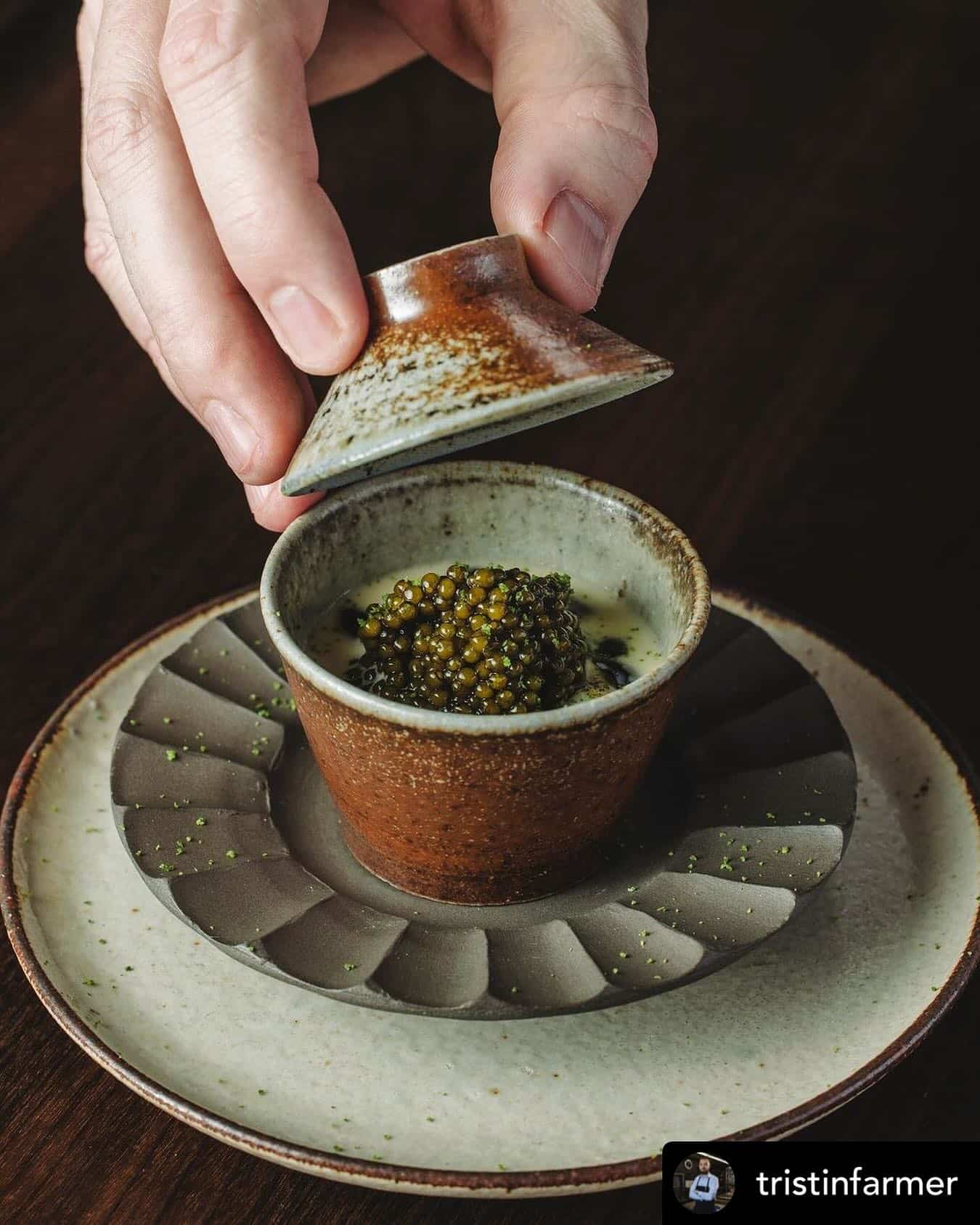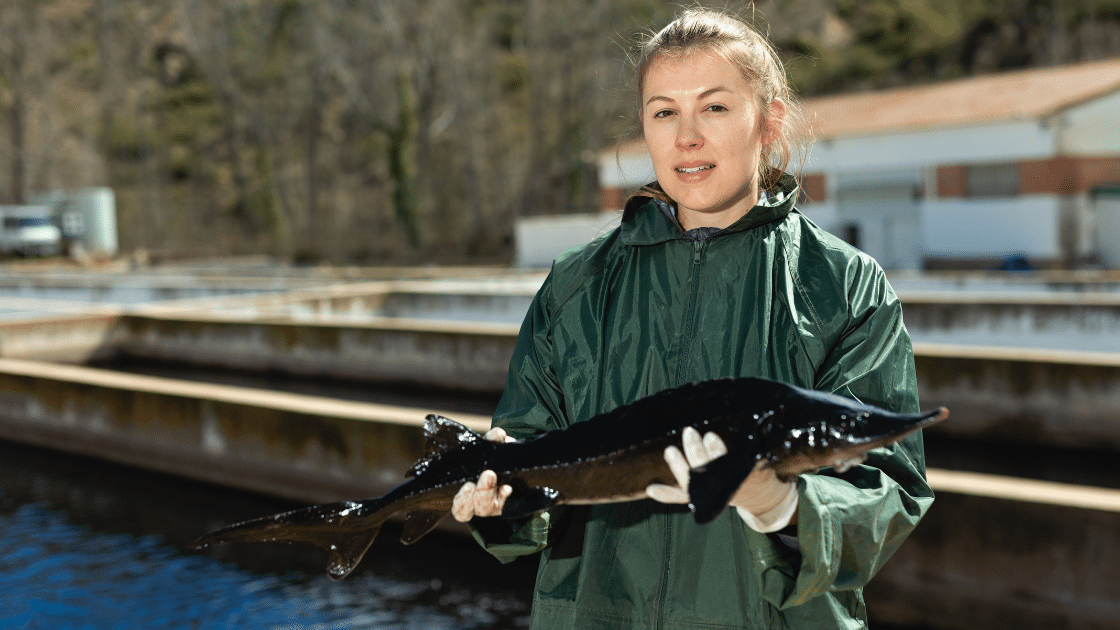Black caviar, renowned as a delicacy, has long captivated the palates of connoisseurs around the world. This luxurious treat, often associated with opulence and exclusivity, derives from the eggs of the sturgeon fish. The mystique surrounding black caviar production, coupled with its rarity and exquisite flavor, has made it highly sought after. In this blog post, we will delve into the fascinating world of black caviar, exploring how and where it is produced.
Origins and Historical Significance
The origins of black caviar trace back centuries ago, with the sturgeon fish inhabiting the Caspian and Black Sea regions. Historical records show that the consumption of sturgeon eggs dates back to ancient times, enjoyed by royalty and aristocrats. However, the widespread demand for caviar over the years, coupled with unregulated harvesting, led to the depletion of sturgeon populations and an increased focus on sustainable caviar production.
Caviar Production Process:
- Sturgeon Farming: Today, most black caviar is produced through aquaculture, ensuring a sustainable and controlled environment. Sturgeon farms mimic the natural habitat of these fish, providing ideal conditions for breeding and egg production. Controlled breeding programs help preserve sturgeon populations while allowing for the extraction of high-quality caviar.
- Sturgeon Maturation: Sturgeon fish can take anywhere from 8 to 20 years to reach maturity, depending on the species. During this time, they are carefully nurtured in the farms, receiving optimal nutrition and conditions for healthy growth. The quality of caviar is greatly influenced by the well-being of the sturgeon.
- Harvesting: When the sturgeon is deemed mature, a delicate process commences to extract the precious eggs. Skilled professionals, known as “caviar masters,” perform the extraction by gently massaging the abdomen of the fish to release the ripe eggs. The fish are then released back into the water unharmed, allowing for future spawning.
- Processing: Once harvested, the eggs undergo a meticulous cleaning process, where impurities and residue are removed. The caviar is then lightly salted, a crucial step that enhances the flavor and acts as a natural preservative. Following salting, the caviar is carefully packed into tins or jars, preserving its freshness until it reaches the consumer.
Caviar Production Regions:
Historically, the Caspian Sea has been a primary source of black caviar, renowned for its exceptional quality. Countries such as Russia, Azerbaijan, Kazakhstan, and Iran have traditionally dominated the caviar industry. However, due to overfishing and environmental concerns, regulations and conservation efforts have been implemented to protect sturgeon populations in the region. With the increasing demand for sustainable caviar, sturgeon farming has expanded to other parts of the world. Countries like the United States, France, Italy, Israel, and South Korea, have developed successful sturgeon aquaculture programs. These farms strive to replicate the natural conditions required for sturgeon breeding, leading to the production of high-quality caviar.
The journey of black caviar from the depths of sturgeon farms to exquisite dining tables around the globe is a testament to both human ingenuity and a commitment to preserving this cherished delicacy. Sustainable farming practices and strict regulations have helped mitigate the negative impact on sturgeon populations, ensuring the availability of black caviar for generations to come. The allure and opulence of black caviar continue to captivate gastronomes, making it a symbol of luxury and indulgence.
So, the next time you savor those delicate, glistening black pearls, take a moment to appreciate the meticulous craftsmanship and dedication that goes into producing this culinary treasure.



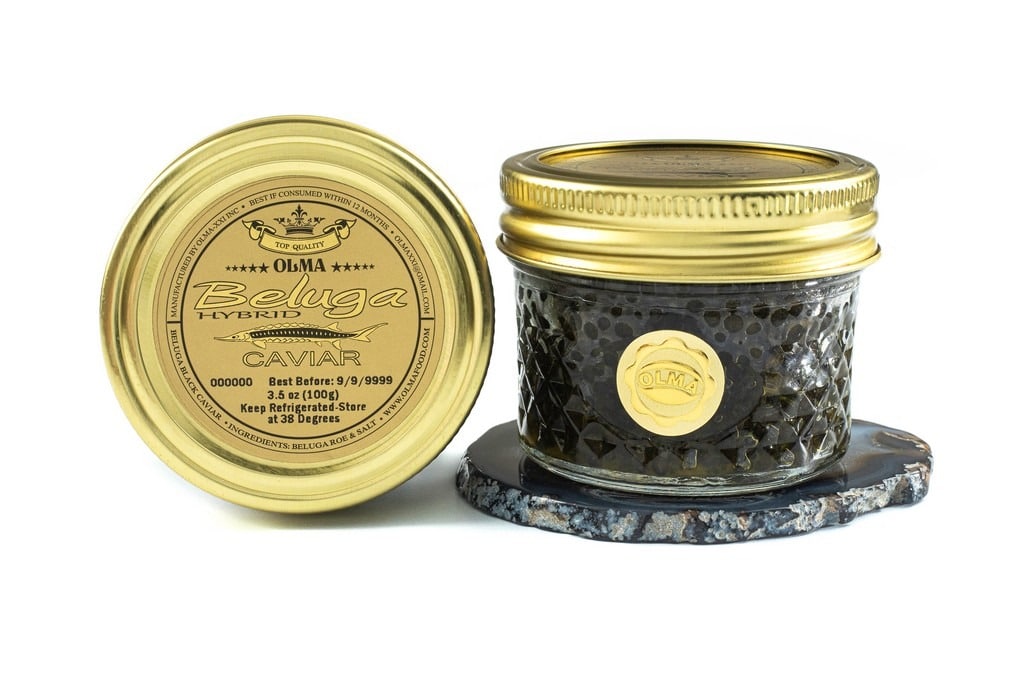 Beluga Sturgeon Caviar - $$$$
Beluga Sturgeon Caviar - $$$$ 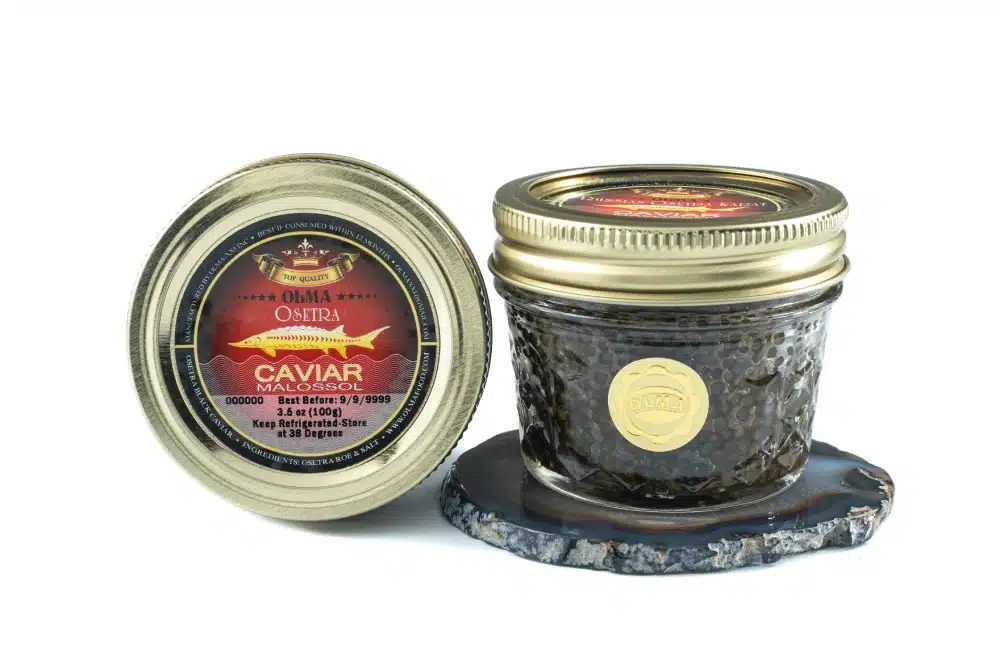 Osetra Caviar - $$$
Osetra Caviar - $$$ 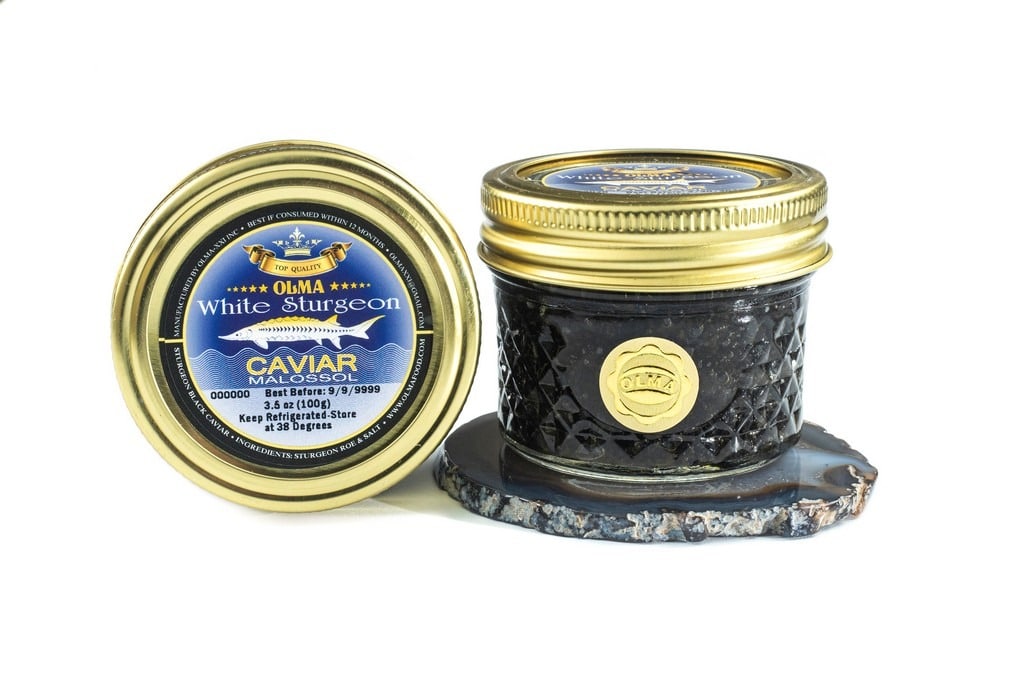 White Sturgeon Caviar - $$$
White Sturgeon Caviar - $$$ 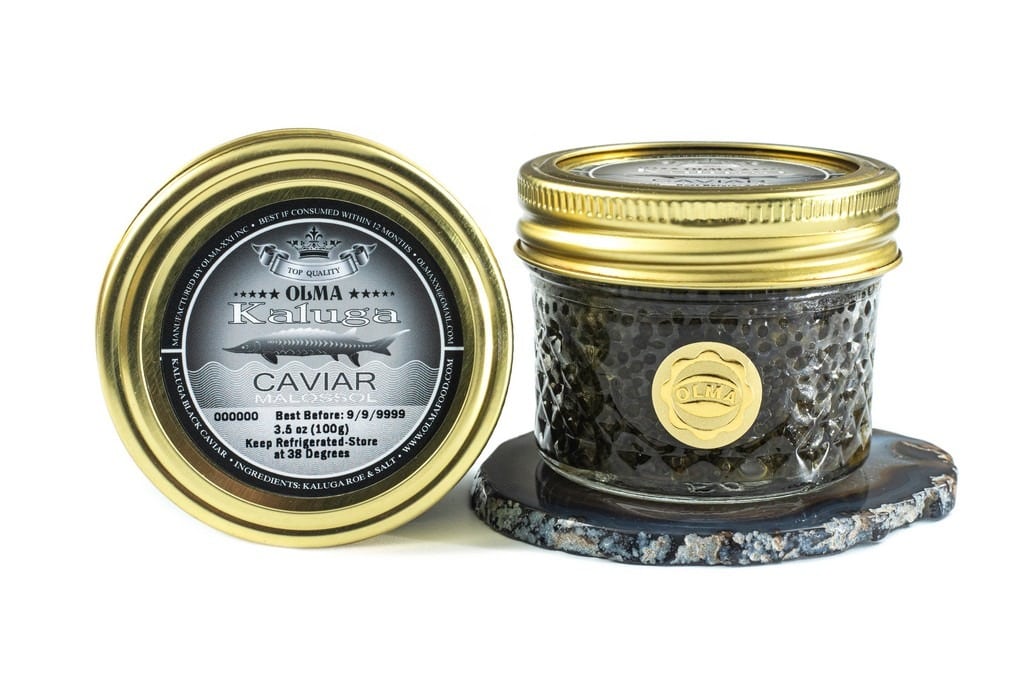 Kaluga Royal Caviar - $$$
Kaluga Royal Caviar - $$$ 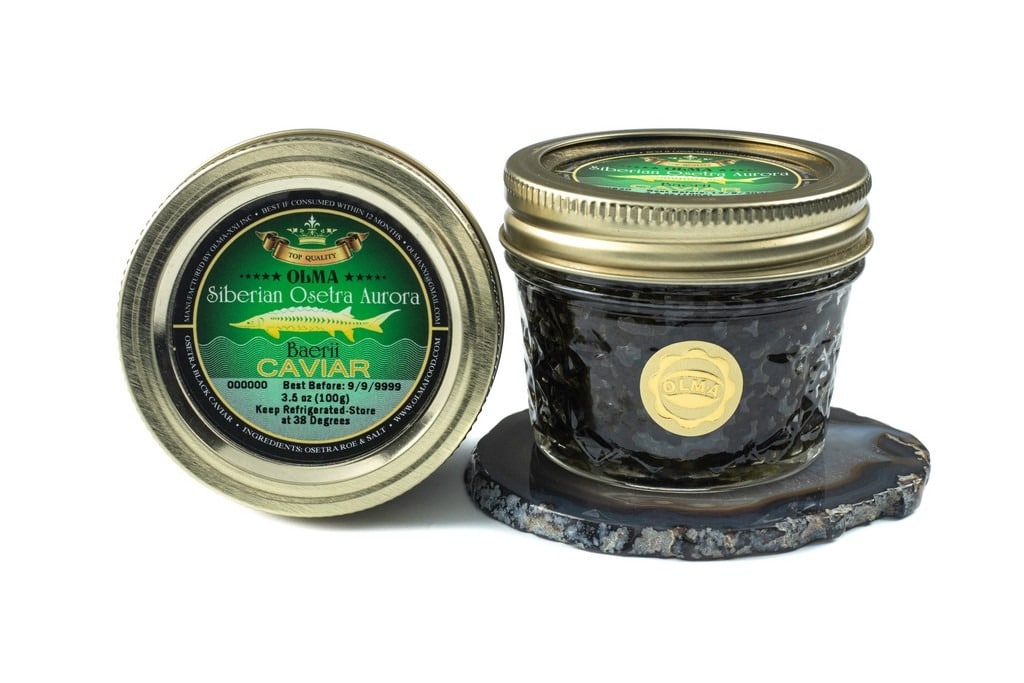 Siberian Aurora Caviar - $$
Siberian Aurora Caviar - $$ 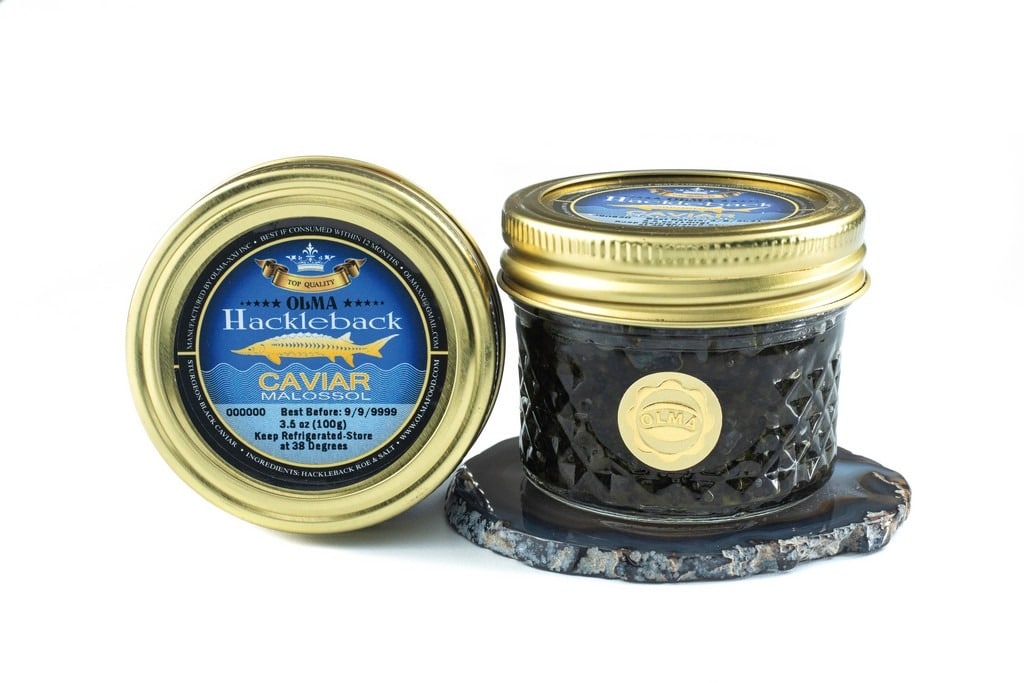 Hackleback Caviar - $
Hackleback Caviar - $ 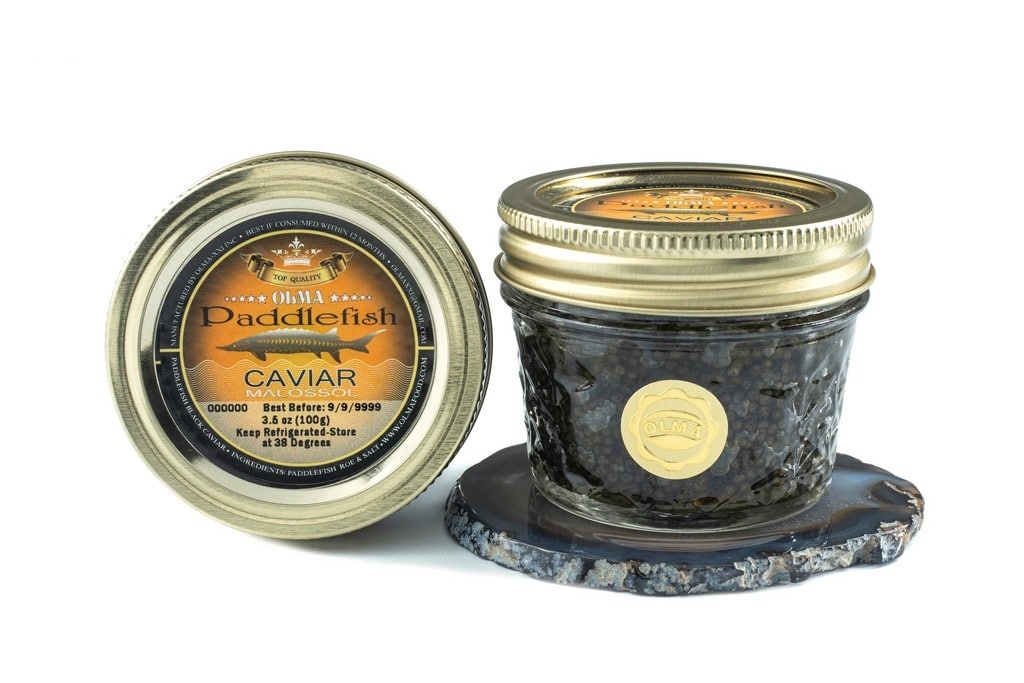 Paddlefish Caviar - $
Paddlefish Caviar - $ 




